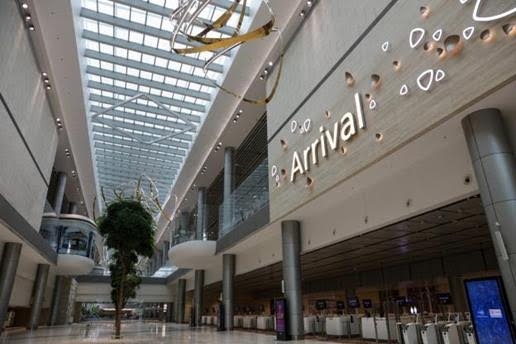
Changi Airport fee hikes could be worse for budget airlines
FSCs tend to recover passenger growth faster after fee spikes.
Budget airlines including Scoot, Jetstar Asia, and Air Asia could suffer more compared to full-service carriers (FSC) with the implementation of the higher fees in Changi Airport, Maybank Kim Eng analyst Mohshin Aziz said.
According to Aziz, FSCs in other airports that had significant fee hikes experienced a slowdown for about two to three years before recovering passenger growth. On the other hand, low-cost carriers (LCC) took five years to recover from declining passenger traffics.
“Evidently, FSCs are more resilient to fee spikes than LCCs, the analyst commented. “LCCs make up 30% of Changi’s traffic and we think this portion might decline by 14% to 27% in the next two to three years.”
Aziz added that the risks faced by budget airlines could even worsen if Malaysia Airline’s budget arm Firefly aggressively grabs market shares for Singapore to Peninsular Malaysia flights when it transfers its operations to Seletar Airport by late 2018 due to lower operating costs and lower passenger tax.
Changi Airport commenced its fee hikes on 1 July by increasing the passenger service and security fee (PSSF) by $2.5 to $30.4 and the introduction of the airport development levy (ADL) fee at a fixed price of $10.8 for outbound passengers and $3 for transit passengers.
The PSSF will be further increased by $2.5 every year on 1 April up until 2024. By 2024, PSSF will amount to SGD45.4 which is a 63% jump from the original PSSF of SGD27.9.
Changi Airport eyes to expand capacity from 85m passengers pa to 150m by 2030 through the construction of a third runway, Terminal 5, and other support infrastructures. To fund the developments, Changi introduced the ADL and increased PSSF as well as aeronautical charges.
























 Advertise
Advertise






